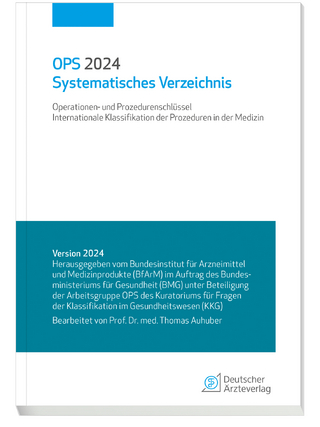
Capillary Electrophoresis of Nucleic Acids
Humana Press Inc. (Verlag)
978-0-89603-765-6 (ISBN)
Practical Applications for Rapid DNA Fragment Sizing and Analysis.- Development of a High-Throughput Capillary Electrophoresis Protocol for DNA Fragment Analysis.- Ultra-Fast DNA Separations Using Capillary Electrophoresis.- Fast DNA Fragment Sizing in a Short Capillary Column.- Practical Applications for Mutation Detection.- Detection of DNA Polymorphisms Using PCR-RFLP and Capillary Electrophoresis.- High Resolution Analysis of Point Mutations by Constant Denaturant Capillary Electrophoresis (CDCE).- Point Mutation Detection by Temperature-Programmed Capillary Electrophoresis.- Single-Nucleotide Primer Extension Assay by Capillary Electrophoresis Laser-Induced Fluorescence.- Amplification Refractory Mutation System Analysis of Point Mutations by Capillary Electrophoresis.- SSCP Analysis of Point Mutations by Multicolor Capillary Electrophoresis.- SSCP Analysis by Capillary Electrophoresis with Laser-Induced Fluorescence Detector.- Magnetic Bead-Isolated Single-Strand DNA for SSCP Analysis.- Practical Applications for Genetic Analysis.- Analysis of Short Tandem Repeat Markers by Capillary Array Electrophoresis.- Genotyping by Microdevice Electrophoresis.- Applications of Constant Denaturant Capillary Electrophoresis and Complementary Procedures.- Toward Effective PCR-Based Amplification of DNA on Microfabricated Chips.- Low-Stringency Single Specific Primer-Amplified DNA Analysis by Capillary Electrophoresis.- DOP-PCR Amplification of Whole Genomic DNA and Microchip-Based Capillary Electrophoresis.- Analysis of Triplet-Repeat DNA by Capillary Electrophoresis.- Chemical Mismatch Cleavage Analysis by Capillary Electrophoresis with Laser-Induced Fluorescence Detection.- Practical Applications for Analysis of RNA and Gene Expression.- Quantitation of mRNA by Competitive PCR Using Capillary Electrophoresis.- Quantitative RT-PCR from Fixed Paraffin-Embedded Tissues by Capillary Electrophoresis.- Differential Display Analysis by Capillary Electrophoresis.- Practical Applications for DNA Sequence Analysis.- Capillary Array Electrophoresis Analyzer.- DNA Sequencing at Elevated Temperature by Capillary Electrophoresis.- DNA Sequencing in Noncovalently Coated Capillaries Using Low Viscosity Polymer Solutions.- Selective Primer Sequencing from a DNA Mixture by Capillary Electrophoresis.- Sequencing of RAPD Fragments Using 3’-Extended Oligonucleotide Primers.- Applications for Analysis of DNA-Protein and DNA-Ligand Interactions.- Capillary Affinity Gel Electrophoresis.- Capillary DNA-Protein Mobility Shift Assay.- Protein-DNA Binding Affinities by Capillary Electrophoresis.- Ligand Binding to Oligonucleotides.
"These volumes comprehensively and accurately present CE technology and techniques with an emphasis on providing an understanding of the theory and instrumentation (Vol. 1), as well as detailed examples of successful analytical protocols (both volumes)....Chapters on the use of microchip and mass spectrometric detection are also included....Although numerous experimental protocols can be found in Vol. 1, it is clear that the intent is to communicate the underlying theory and capability of CE for separations. Vol. 1 should be of interest to the novice as well as the expert. In Vol. 2, each of the 31 chapters present specific examples of the use of CE. ...Nonetheless, these two volumes of the Methods in Molecular Biology series offer a representative and needed overview of the current theory and practice of CE of nucleic acids. These texts should prove very useful to both active investigators in this area and those seeking to learn more about the use and and capability of CE." - Clinical Chemistry
| Erscheint lt. Verlag | 19.1.2001 |
|---|---|
| Reihe/Serie | Methods in Molecular Biology ; 163 |
| Zusatzinfo | XX, 408 p. |
| Verlagsort | Totowa, NJ |
| Sprache | englisch |
| Maße | 152 x 229 mm |
| Themenwelt | Informatik ► Weitere Themen ► Bioinformatik |
| Naturwissenschaften ► Biologie ► Biochemie | |
| Naturwissenschaften ► Biologie ► Genetik / Molekularbiologie | |
| ISBN-10 | 0-89603-765-7 / 0896037657 |
| ISBN-13 | 978-0-89603-765-6 / 9780896037656 |
| Zustand | Neuware |
| Haben Sie eine Frage zum Produkt? |
aus dem Bereich


